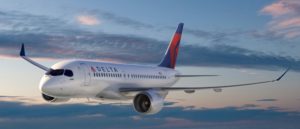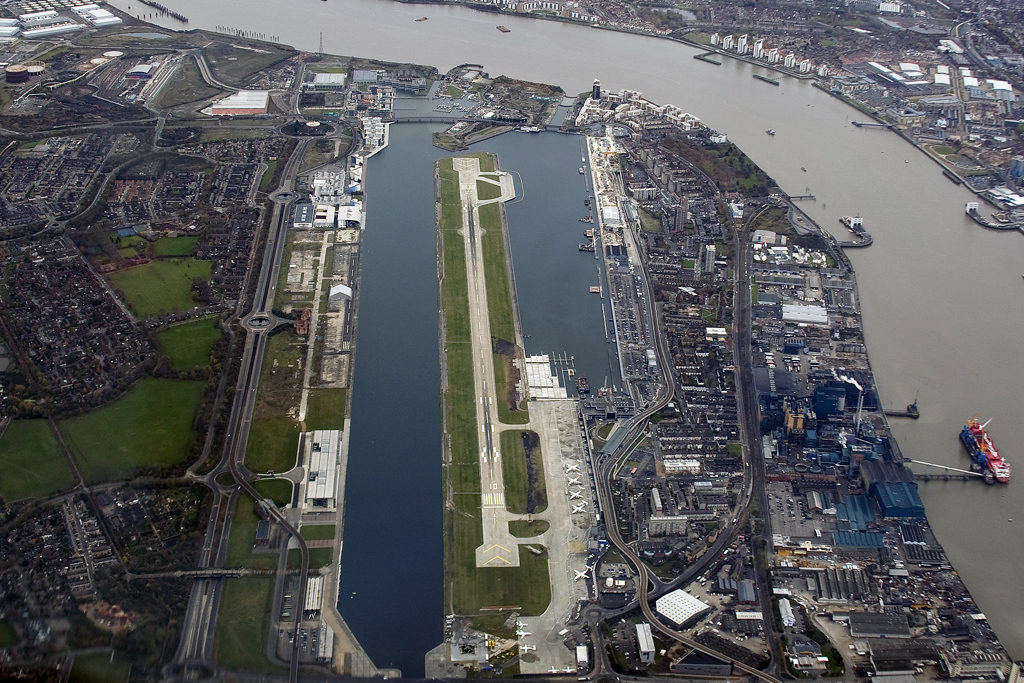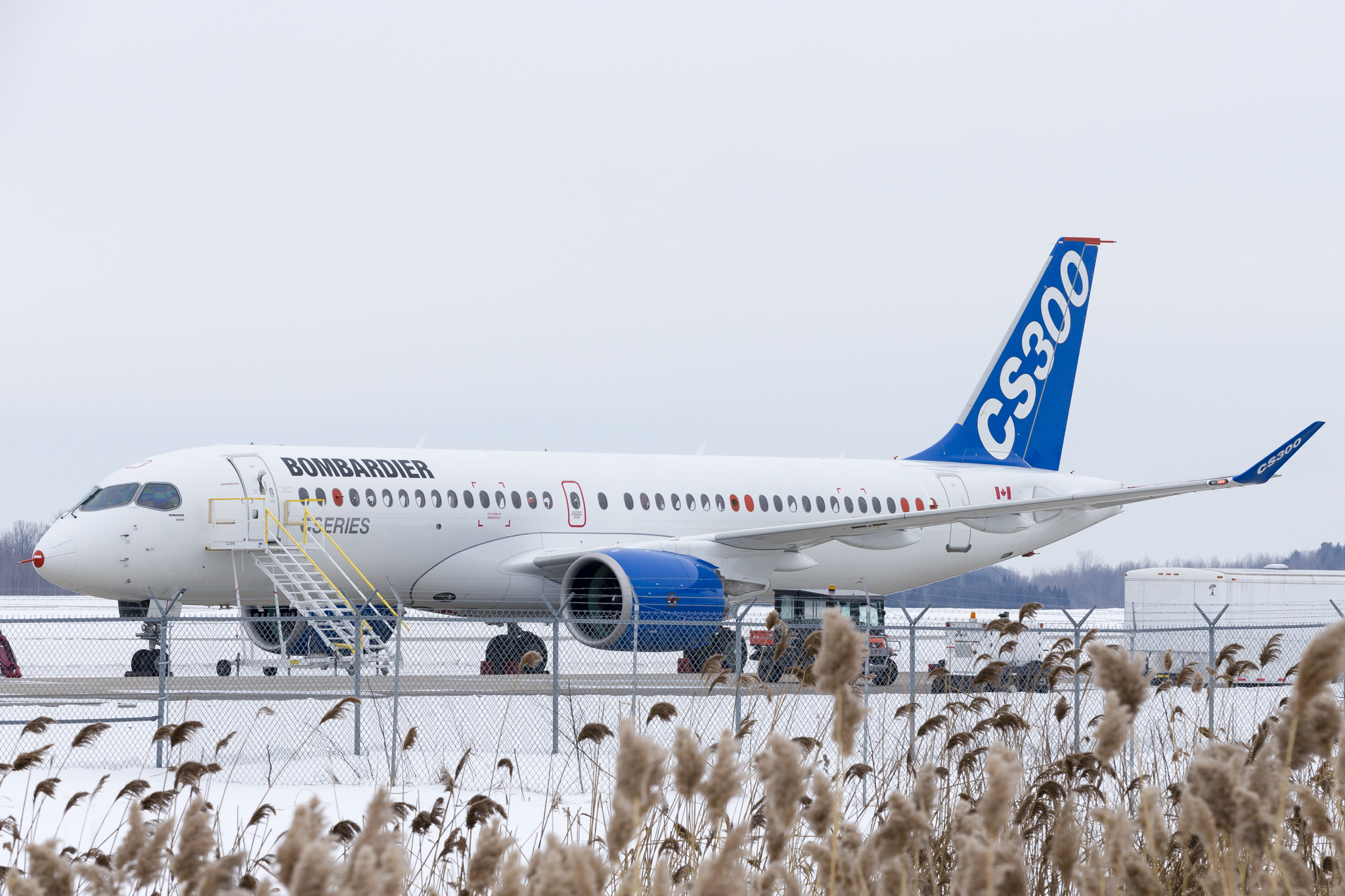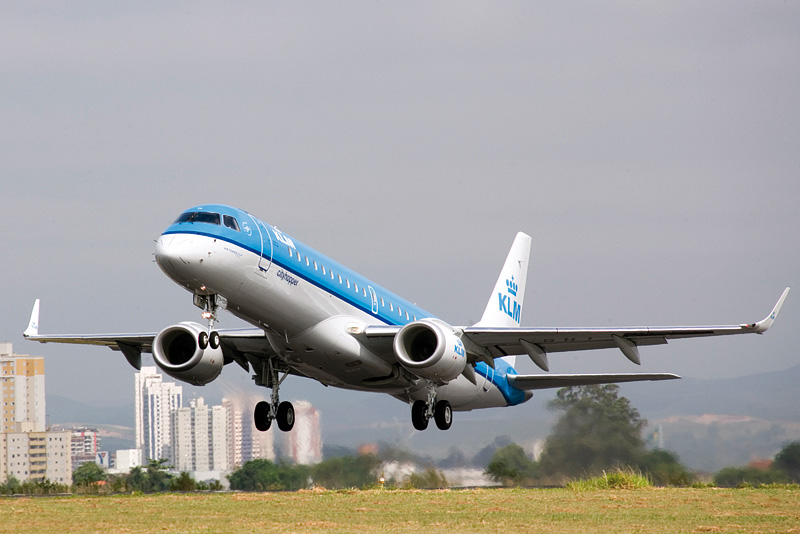Leeham News and Analysis
There's more to real news than a news release.
Leeham News and Analysis
- At long last, Boeing appears near certification and EIS for 777X
- Air India Flight 171 Preliminary Crash Report Is Unclear Regarding Pilot Actions
- Bjorn’s Corner: Air Transport’s route to 2050. Part 30.
- It’s official: MTU’s engine leader named CEO of Airbus Commercial from Jan. 1; future of Open Fan and A220-500 shifts to him
- Embraer E2: Where will the orders come from?
Bombardier “deliberately misleading” in price dumping case, says Boeing
May 29, 2017, © Leeham Co.: Boeing minced no words in its closing brief to the US International Trade Commission in its price dumping complaint against Bombardier.
“Bombardier’s intentional obfuscation simply proves that Bombardier has no credible answer to [the] allegations,” Boeing’s lawyers wrote in the second sentence.
Posted on May 29, 2017 by Scott Hamilton
Flying the CSeries
By Bjorn Fehrm
November 09, 2016, ©. Leeham Co: After my preparations at Bombardier (BBD) in Montreal, it was time to take an early flight to BBD’s test center in Wichita (KS) the next day. We spent the afternoon in briefings and went flying Wednesday.
The trip to Wichita was with American Airlines regional carrier American Eagle on a BBD CRJ200. Within two days, I would experience the first and smallest regional jet, the CRJ200 (albeit in coach) and Bombardier’s latest and largest jet, CS300, which encroaches on the turf of the single aisles as a direct competitor to the Airbus A319 and Boeing 737-700/7.
At the test center, just off the runway to Wichita International, I would be joined by Mike Gerzanics, who was test flying for FlightGlobal. We last met when we test flew the Airbus A350 in Toulouse in Spring 2015. Read more
Posted on November 9, 2016 by Bjorn Fehrm
CSeries out of London City Airport
Subscription required.
Introduction
By Bjorn Fehrm
November 07, 2016, ©. Leeham Co: When we visited Bombardier (BBD) in Montreal recently, we learned new information about how the CSeries would operate from London City Airport. This unique airport served 4.3m passengers last year and have expansion plans for more passengers up to 2030.
Bombardier’s first CSeries operator, SWISS Airlines, configured all its CS100 aircraft to operate from London City. This requires special engine selections and certification of aircraft and crews. The certification of the aircraft, CS100 is ongoing and will be finished at the turn of the year.
We take a look at what is required for London City and how far the CS100, appropriately configured, can serve destinations from this special airport. We will use a combination of Bombardier data and our own performance model to reach the conclusions.
Summary
- London City Airport put special requirements on the aircraft serving it.
- The CSeries will be one of the most potent types allowed at London City.
- We use BBD data and our performance model to understand at what range destinations can be served.
Posted on November 7, 2016 by Bjorn Fehrm
Bjorn’s Corner: LED runway lighting causes problems
August 19, 2016, ©. Leeham Co: I described in my Corner from 5th of August how a forward looking IR camera could add Enhanced Vision capabilities to a pilot’s tools for safe landings. The camera can pick up the infrared heat radiation from temperature differences in the nature down to a tenth of a degree. It can therefore see things that the naked eye can’t see.
Figure 1 is from a trail that FedEx did before equipping several of its freighters with Enhanced Vision Systems. The Infrared camera (right) can clearly see all heat-emitting objects around the runway, including the fields; the naked eye looking through the cockpit window (left) can’t see anything.
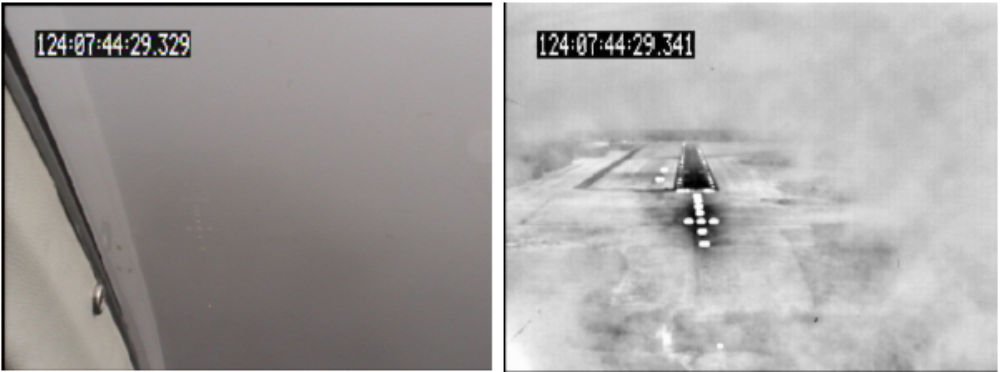
Figure 1. Naked eye (left) versus IR camera (right) when landing on a foggy day. Source: FedEx presentation.
This all works fine as long as the landing and runway lights emit heat, i.e., are standard incandescent types. But these are now replaced more and more with LED lights where there is no heat and therefore no appearance on the Enhanced Vision!
Will Enhanced Vision crumble before it took off? Luckily there is a solution. Read more
Posted on August 19, 2016 by Bjorn Fehrm
Union leaders stall contract vote for Republic
Republic Airways Holdings appeared to resume its downward trajectory toward a potential bankruptcy when the leadership of its pilots union refused to put the 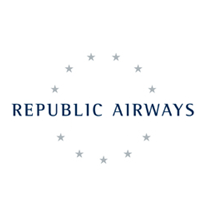 company’s last, best and final and final offer for a new pilot contract.
company’s last, best and final and final offer for a new pilot contract.
Republic subsidiaries provide regional airline service to American, Delta and United airlines.
Republic says pilot shortages caused it to reduce operations. Pay raised, benefits and working conditions have been at the heart of the protracted contract negotiations between the company and the Teamsters, which represents the pilots.
Republic previously restructured one of its smaller subsidiaries outside bankruptcy, but with pilot shortages and reduced revenue to support debt service, the situation is worse now than it was then.
Republic also has billions of dollars worth of aircraft orders, with nearly $2.7bn due next year. This includes the first of 40 Bombardier CS300s and a number of Embraer E-Jets.
Posted on September 1, 2015 by Scott Hamilton
Bjorn’s Corner: Airbus’ and Boeing’s first quarter
30 April 2015, C. Leeham Co: Airbus Group presented their first quarter results today Thursday, a week after Boeing presented theirs. It is a good occasion to look at how these companies performed. We will focus on commercial aircraft for Airbus and compare its performance with Boeing’s commercial aircraft and then comment on other Airbus activities more summarily.
In a later article we will look at Embraer, who also published their results Thursday, and compare with Bombardier’s first quarter which they announce on May 7th. Read more
Posted on April 30, 2015 by Bjorn Fehrm
Airliner retirement age in the wake of low fuel prices
By Bjorn Fehrm
Introduction
March 31, 2015: We have received an update for Avolon’s “Aircraft retirement and storage trends” whitepaper from September 2012. In the age of changing fuel prices it makes for interesting reading as the author, Avolon’s Head of Strategy Dick Forsberg, includes the effects of fuel price changes in his analysis.
The analysis uses data from Ascends database up until 31 Dec 2014 to make its conclusions:
– Retirement age for jets remain stable with 60% of mainline aircraft still active after 25 years.
– Regional jets retire earlier, the 60% active age is 20 years.
– Behind early retirements of certain aircraft is first of type versions which have limitations in airframe or engines.
– Old aircraft and those who are stored more than two years don’t make it back from the desert.
– With continued low fuel prices deferred retirements would increase but still constitute less than 10% of new aircraft production. Read more
Posted on March 31, 2015 by Bjorn Fehrm
Bombardier CS300 analysis vs A319neo, 737-7
By Bjorn Fehrm
Subscription required
Introduction
March 29, 2015, c. Leeham Co: Bombardier’s big bet in the aeronautics sector, CSeries, is well into flight testing, now more than half way toward the 2,400 hours required by Transport Canada before certification can be granted. The first aircraft to be certified will be the smaller 110 seat CS100 but the market is most interested in the larger 135 seat CS300, which has 63% of present orders and commitments, Figure 1.
Bombardier’s new CEO, Alan Bellemare, told reporters last week that the CS100 would be certified during 2015 with entry into service slipping into 2016. The CS300, which is a direct challenger to Airbus’ A319neo and Boeing’s 737-7, should follow six months after CS100. With the CS300 in flight testing and going into service next summer, we decided to have a deeper look at CS300 and its competitors.
Summary
- A319 and 737-7 are shrinks of the market’s preferred models, A320 and 737-8, and as such not the most efficient models.
- The CS300 is the series center-point and it shows. The modern design beats the Airbus and Boeing designs on most counts.
- Part of the modern concepts in CSeries is the well-conceived Pratt & Whitney PW1000G geared turbofan.
- PW’s 73 in fan version of the PW1000G for CSeries is slightly less efficient that the 81 in version for A319neo but CS300 lower weight makes sure this is more than compensated for.
Posted on March 29, 2015 by Bjorn Fehrm
Airbus, Boeing, Bombardier, CFM, China, Comac, CSeries, Embrarer, GE Aviation, International Aero Engines, Pratt & Whitney, Premium, Sukhoi, United Aircraft, YAK
737, 737 MAX, 737-7, 737NG, A319neo, A320, A320NEO, Airbus, Boeing, Bombardier, CFM, Comac, CSeries, E-195 E2, E-Jet E2, Embraer, GTF, LEAP-1A, Leap-1B, Pratt & Whitney
Regional operations with the Turboprop, propjet or Jet; Part 2.
By Bjorn Fehrm
Subscription required
Introduction
15 Feb 2015: In Part 1 of this article series we started comparing the alternatives available for turboprop short haul services in the 70 seat segment; ATR72-600 and Bombardier Q400. We also included the closest regional jet, CRJ700 from Bombardier, to compare costs and see where a jet would be ![]() needed to keep trip times within reason.
needed to keep trip times within reason.
In Part 1 we went through the capacity of the aircraft and their basic characteristics. We also did a first check of their typical fuel consumption on a standard mission of 300 nautical miles.
We will now look closer at the economics of the aircraft; we fly them over different sectors with different speed profiles. We will also dissect their Cash Operating Costs (COC) and Direct Operating Cost (DOC). Having done all this we will look at the crossover points; for what market is ATR72 the choice and where does Q400 fit. And finally, what route sectors require a jet?
Summary:
- The ATR72-600, Bombardier Q400 and CRJ700 are quite different aircraft. The monikers turboprop, “propjet” and jet fit them well.
- The positioning of the end of the scale products are clear, the intriguing aircraft is the Q400. When does it makes sense and has Bombardier positioned it correctly?
- How does one explain its recent meager sales? Wrong aircraft at wrong time? Weak sales force? Wrong markets?
Posted on February 15, 2015 by Bjorn Fehrm
E-Jet, the project that shaped Embraer
By Bjorn Fehrm
Introduction
In a recent visit to Embraer in Brazil we got a thorough brief on the background and decision making around the E-Jet and E-Jet E2 programs. We have written about these programs before but we will now cover how they came about, what was the program objective when the decision was taken and how it panned out. Both programs have had and will have a profound influence not only on Embraer but the whole civil aviation segment between 70-150 seats. It is worth looking into how Embraer, once an also-ran in the regional market, rose to the top three spot in civil aviation after Airbus and Boeing and how EMB intends to stay there.
Summary
- American Airlines was part of changing history in regional jets, long before in single aisle.
- E-jet started as a product program and soon put Embraer on a steep learning curve how to support an E-jet in the market above 50 seat regional jets.
- Embraer today rates their support second only to Boeing and Airbus.
- The requirements for the mid-life update of their E-jet, the E2, is all about delivering a mature product. This has shaped all aspects of the program, from cooperation with suppliers to how testing and qualification is done.
Posted on October 20, 2014 by Bjorn Fehrm


